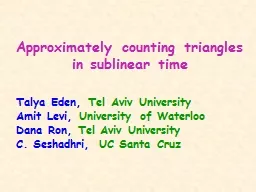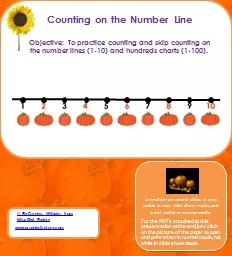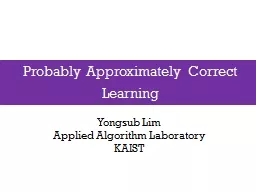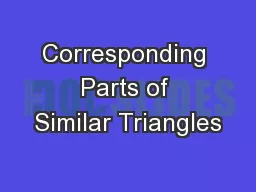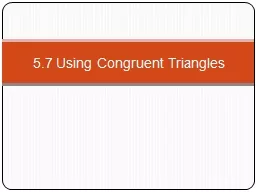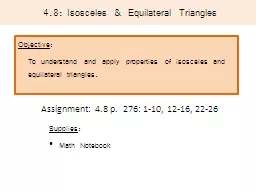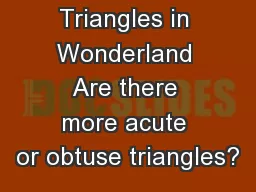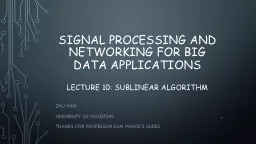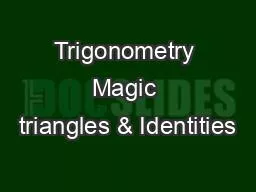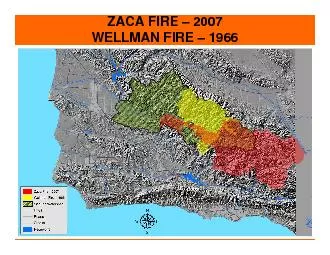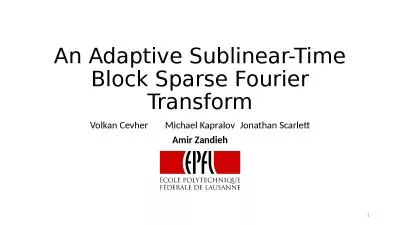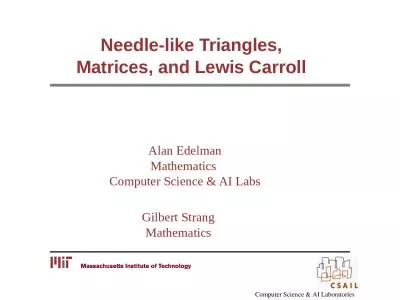PPT-Approximately counting triangles in sublinear time
Author : debby-jeon | Published Date : 2016-12-06
Talya Eden Tel Aviv University Amit Levi University of Waterloo Dana Ron Tel Aviv University C Seshadhri UC Santa Cruz Counting Triangles Basic graphtheoretic
Presentation Embed Code
Download Presentation
Download Presentation The PPT/PDF document "Approximately counting triangles in subl..." is the property of its rightful owner. Permission is granted to download and print the materials on this website for personal, non-commercial use only, and to display it on your personal computer provided you do not modify the materials and that you retain all copyright notices contained in the materials. By downloading content from our website, you accept the terms of this agreement.
Approximately counting triangles in sublinear time: Transcript
Download Rules Of Document
"Approximately counting triangles in sublinear time"The content belongs to its owner. You may download and print it for personal use, without modification, and keep all copyright notices. By downloading, you agree to these terms.
Related Documents

